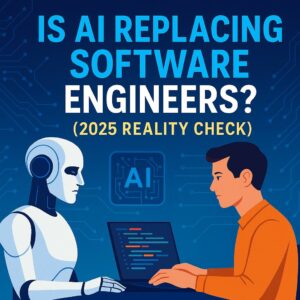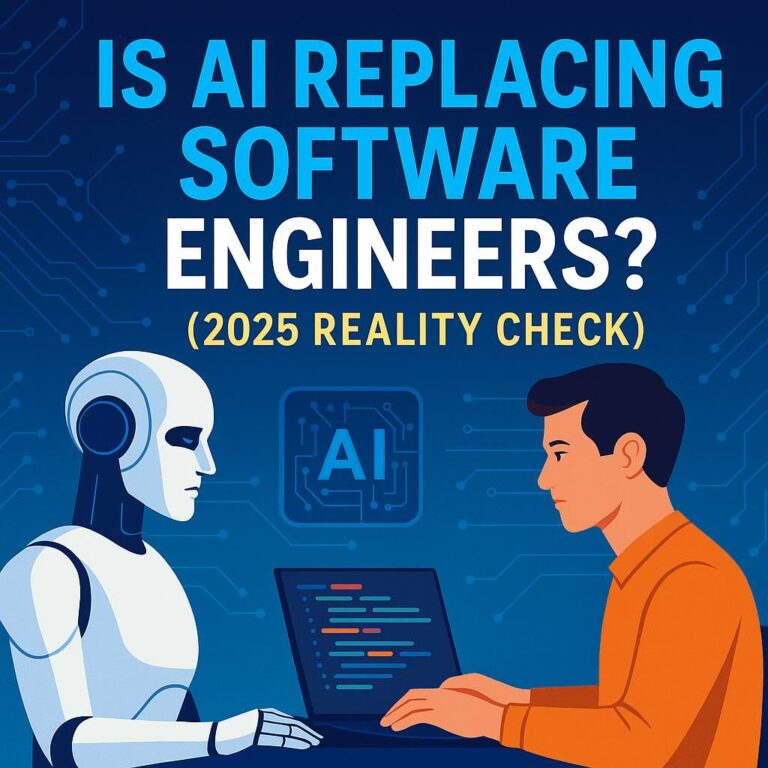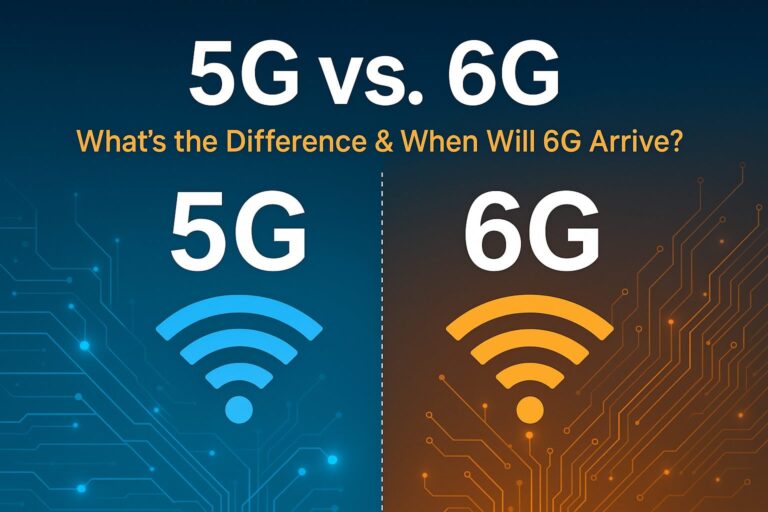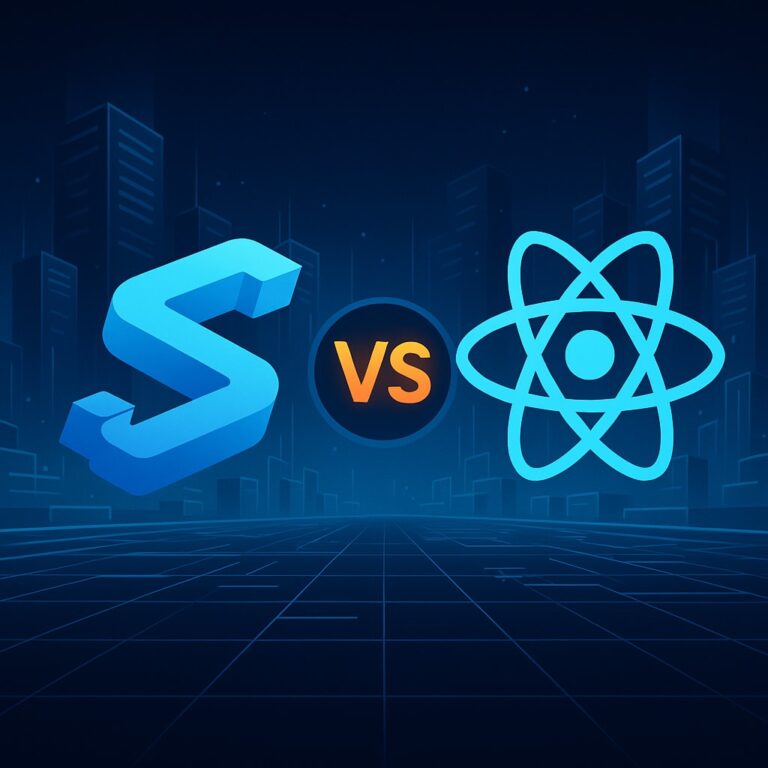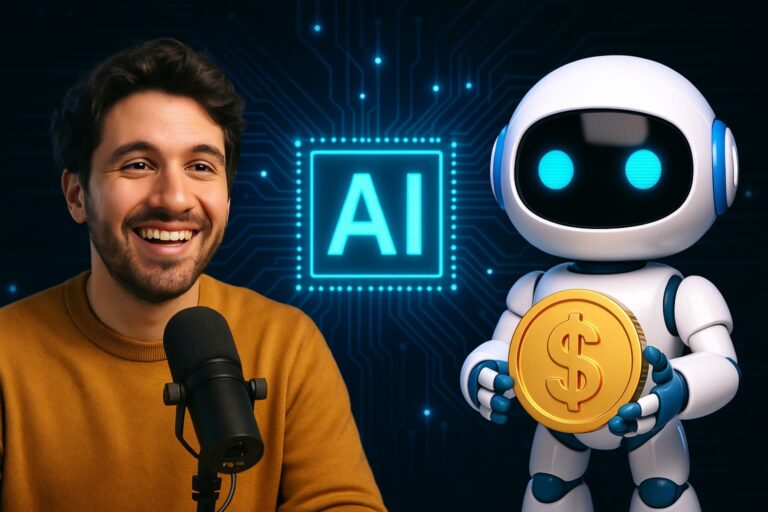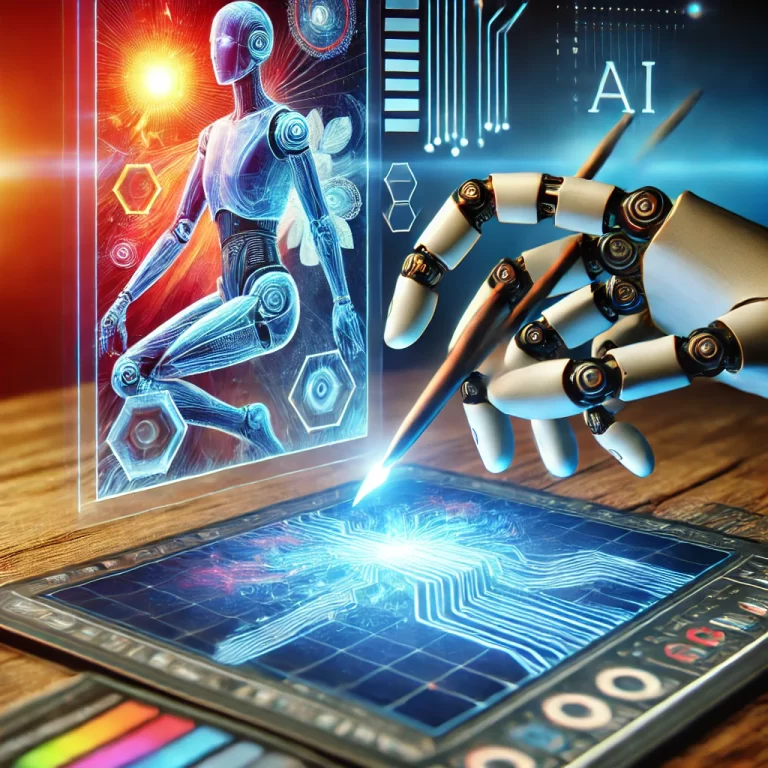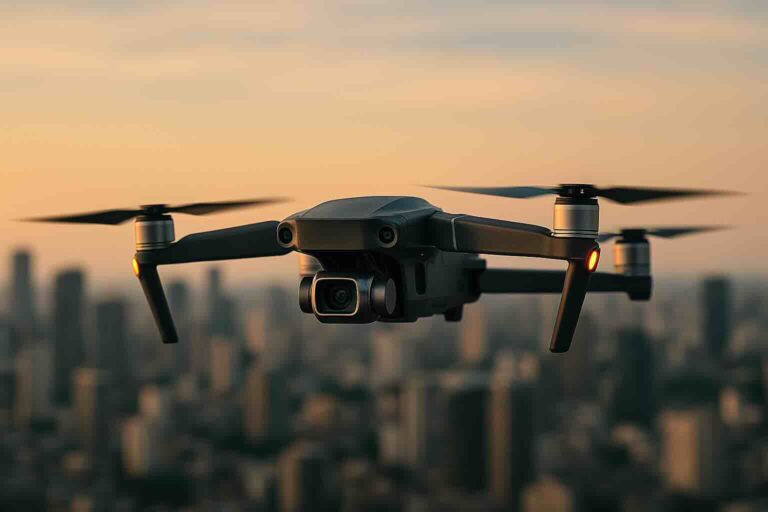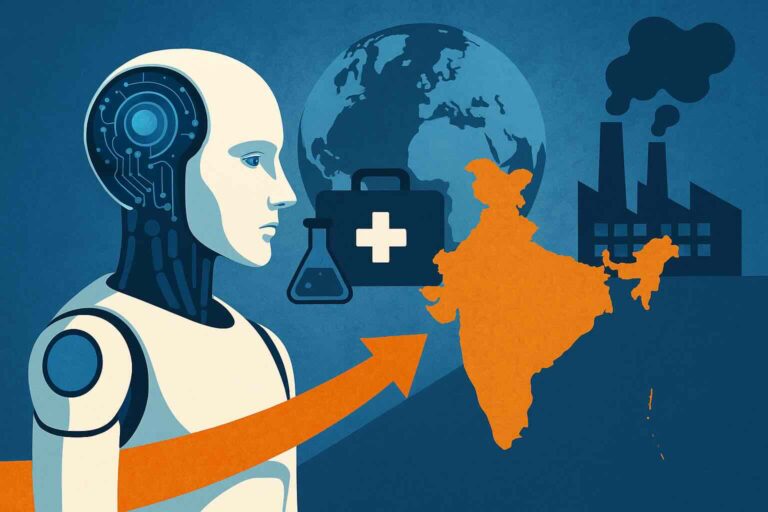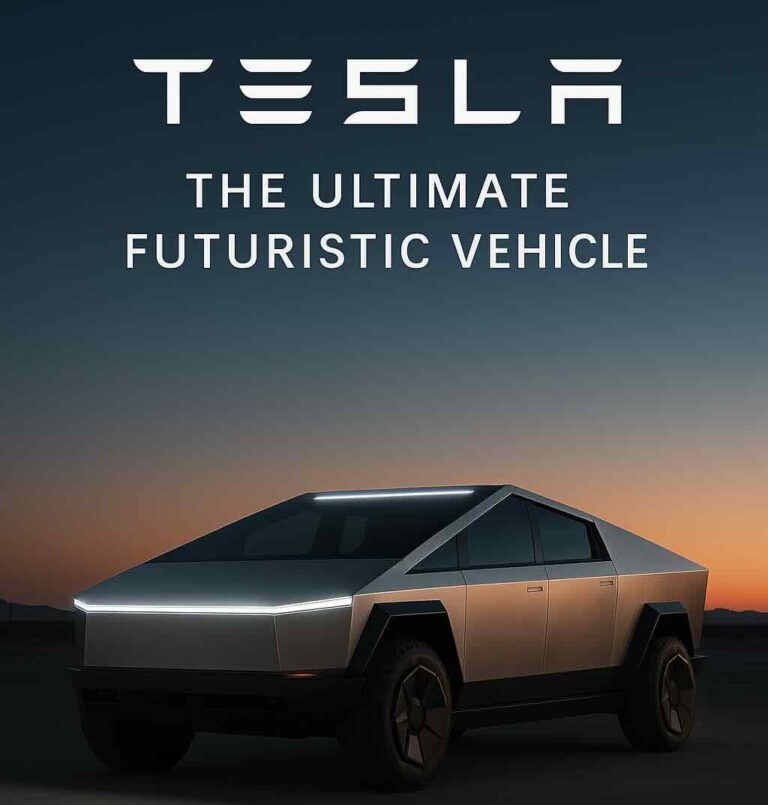As we step into the mid-2020s, the pace of technological advancement continues to astonish the world. The confluence of artificial intelligence, biotechnology, sustainable energy, and new computing paradigms is creating ripple effects across industries. This article explores ten futuristic tech trends that are set to define 2025 and the years beyond. Each trend is not just a buzzword, but a strategic lever for governments, businesses, and individuals aiming to stay ahead in an increasingly competitive world.
1. Agentic AI: The Rise of Autonomous Digital Agents
What it is: Agentic AI refers to autonomous systems capable of making decisions, executing tasks, and adapting to feedback without constant human oversight. These systems go beyond simple chatbots and virtual assistants—they are independent software agents capable of complex workflows.
Use Cases:
- AI personal shoppers that track preferences and place orders.
- Autonomous AI legal advisors for simple legal documentation.
- AI customer service agents resolving tier-1 and tier-2 queries.
Why It Matters: This represents a paradigm shift where AI is not just reactive but proactive, enabling significant efficiency gains in customer experience, research, and even management.
2. Quantum Computing: Unleashing Superhuman Problem Solving
What it is: Quantum computing utilizes quantum bits (qubits) that can represent multiple states simultaneously. This enables parallel processing capabilities far beyond classical computers.
Use Cases:
- Pharmaceutical companies simulating molecular structures.
- Financial institutions modeling complex market scenarios.
- Cybersecurity teams solving encryption problems.
Why It Matters: Quantum computers are solving problems once considered unsolvable. With players like Google, IBM, and startups like Rigetti achieving quantum supremacy milestones, the age of quantum advantage is nearing.
3. Post-Quantum Cryptography: Next-Gen Security Frameworks
What it is: As quantum computers grow powerful, they threaten existing encryption protocols like RSA and ECC. Post-quantum cryptography (PQC) involves cryptographic algorithms resistant to quantum attacks.
Use Cases:
- Securing government communications.
- Updating financial transaction systems.
- Redesigning blockchains with quantum-safe features.
Why It Matters: Cybersecurity strategies must now incorporate post-quantum readiness. NIST (National Institute of Standards and Technology) has already selected a few quantum-safe algorithms for global use.
4. Spatial Computing: The Fusion of Physical and Digital Worlds
What it is: Spatial computing blends the physical environment with digital overlays using sensors, 3D mapping, and immersive experiences via AR/VR/XR.
Use Cases:
- Training in military and medical simulations.
- Virtual showrooms for real estate and retail.
- Interactive learning environments for education.
Why It Matters: It changes how we interact with digital content. Companies like Apple (Vision Pro), Meta (Quest), and startups like Magic Leap are pioneering this space.
5. Edge Computing: Power at the Periphery
What it is: Instead of relying on centralized data centers, edge computing processes data near the source of generation—be it IoT sensors or mobile devices.
Use Cases:
- Autonomous vehicles making split-second decisions.
- Remote healthcare diagnostics via wearables.
- Smart factories and predictive maintenance.
Why It Matters: It improves response times and reduces bandwidth costs, making real-time applications feasible at scale.
6. 6G Technology: Toward Ubiquitous Ultra-Fast Connectivity
What it is: The 6G network, currently in early development, is expected to offer speeds up to 100 times faster than 5G with microsecond latency.
Use Cases:
- Holographic video conferencing.
- Seamless AR/VR streaming.
- Industrial automation and AI swarm intelligence.
Why It Matters: 6G is the backbone for future connectivity demands. It will support AI-driven networks, immersive media, and the growing data deluge.
7. Synthetic Media: The New Creative Frontier
What it is: Synthetic media includes content generated or manipulated by AI, such as deepfakes, virtual humans, and generative video/audio.
Use Cases:
- Virtual influencers on YouTube or Instagram.
- Personalized ads created using user-specific inputs.
- AI film characters or historical re-enactments.
Why It Matters: While it democratizes content creation, it also challenges notions of truth and authenticity. Regulation and transparency are urgently needed.
8. Brain-Computer Interfaces (BCIs): Merging Mind and Machine
What it is: BCIs allow direct communication between a brain and an external device, enabling thought-driven commands.
Use Cases:
- Enabling motor function in paralyzed individuals.
- Augmented cognition in high-performance jobs.
- Gaming and immersive entertainment.
Why It Matters: Companies like Neuralink and Kernel are exploring ways to merge neuroscience with technology, which could redefine how we think and interact.
9. Sustainable Tech: Green Innovation for the Planet
What it is: Technologies that reduce environmental impact, enhance energy efficiency, and promote circular economies.
Use Cases:
- Carbon capture technologies.
- Biodegradable electronic components.
- AI-driven climate modeling.
Why It Matters: With the growing climate crisis, green tech is both a responsibility and a market opportunity. Governments and investors are prioritizing ESG (Environmental, Social, Governance) initiatives.
10. AI Governance: Ethical and Transparent Algorithms
What it is: AI governance includes the frameworks, policies, and tools for ensuring ethical, safe, and unbiased AI deployment.
Use Cases:
- Bias audits for recruitment AI.
- Explainability tools in financial AI.
- Open-source frameworks for fairness and transparency.
Why It Matters: As AI becomes more pervasive, it’s vital that systems are not only smart but also ethical and accountable.
Conclusion
The future is not just arriving—it is accelerating. These ten futuristic technology trends provide a glimpse into a world where human potential is enhanced, creativity is redefined, and sustainability is prioritized. For innovators, businesses, and everyday users, 2025 offers a landscape rich with opportunity and responsibility.
Stay tuned with FuturisticGeeks for more insights, in-depth analyses, and inspiring stories from the edge of tomorrow.

